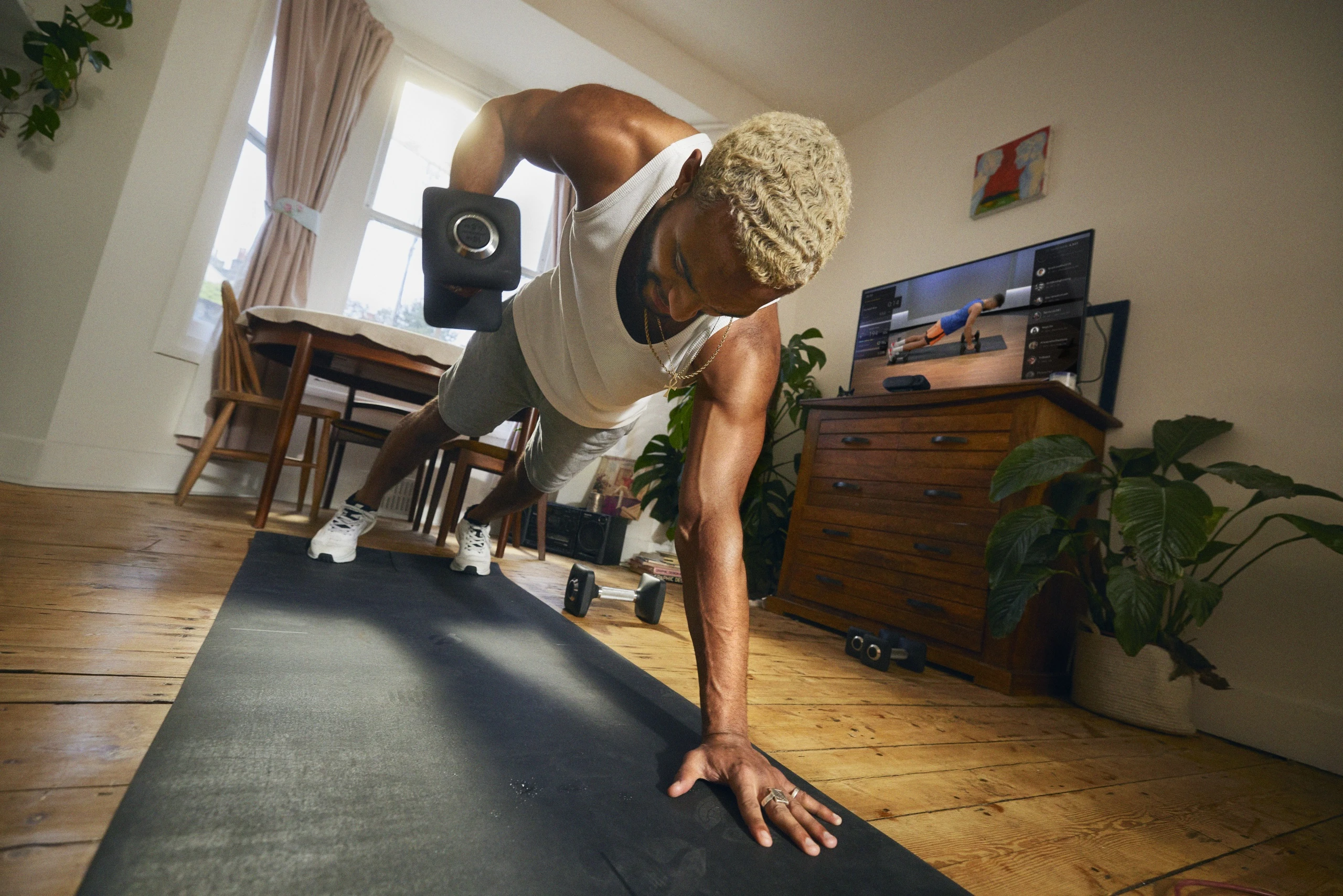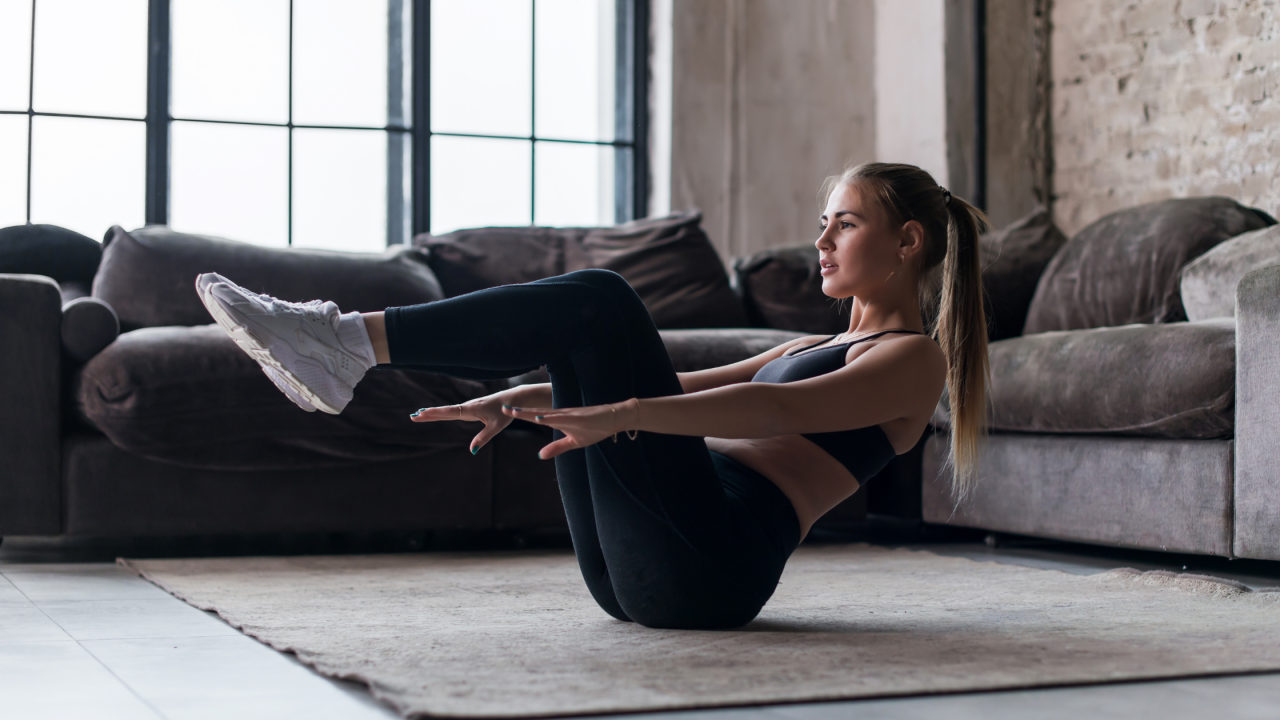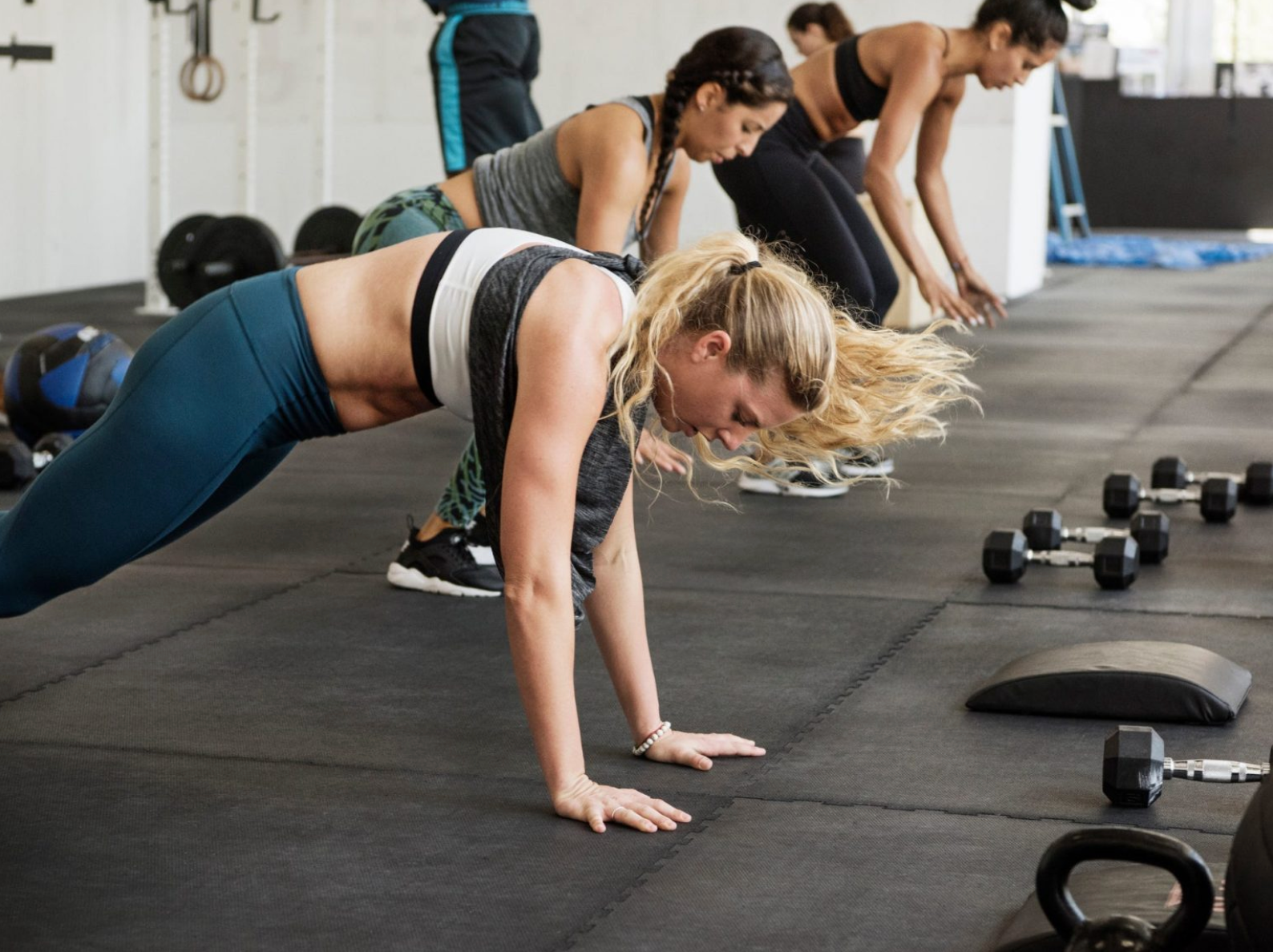When it comes to fitness, we often focus on large muscle groups like the legs, back, chest, and arms. But there’s one crucial part of our body that frequently gets overlooked—the feet. Our feet are the foundation of our movements, carrying us through life with every step, jump, and sprint. Yet, most people neglect them in their workout routines. By strengthening your feet, you not only improve your overall performance in various sports and activities but also reduce the risk of injury. This article explores why foot workouts are essential and provides a comprehensive guide to exercises that target and strengthen the feet.
Why Focus on Foot Workouts?
Feet as the Foundation of Movement
Your feet are the first point of contact with the ground. They absorb impact, help maintain balance, and propel you forward. Weak or imbalanced foot muscles can lead to poor posture, improper movement patterns, and a higher risk of injury in the knees, hips, and lower back.
Improved Athletic Performance
Strong feet improve agility, speed, and power. Many sports, such as running, soccer, basketball, and tennis, rely heavily on foot strength and stability. Incorporating foot exercises into your routine can enhance your ability to change direction quickly, accelerate faster, and maintain endurance over time.
Injury Prevention
Common foot-related injuries like plantar fasciitis, shin splints, and Achilles tendonitis often stem from weak foot muscles or poor foot mechanics. Strengthening the feet can prevent these injuries by improving foot alignment, distributing pressure evenly, and reducing strain on connective tissues.
Enhanced Balance and Stability
Foot strength plays a crucial role in maintaining balance and stability. Whether you’re walking, standing, or performing complex movements like yoga or dance, strong feet provide a stable base and reduce the likelihood of falls or missteps.
Better Posture and Alignment:
The condition of your feet affects your entire body’s alignment. Weak or improperly functioning feet can cause imbalances that travel up through the legs, affecting the knees, hips, and spine. By targeting the feet, you can improve overall posture and alignment, promoting long-term joint health.
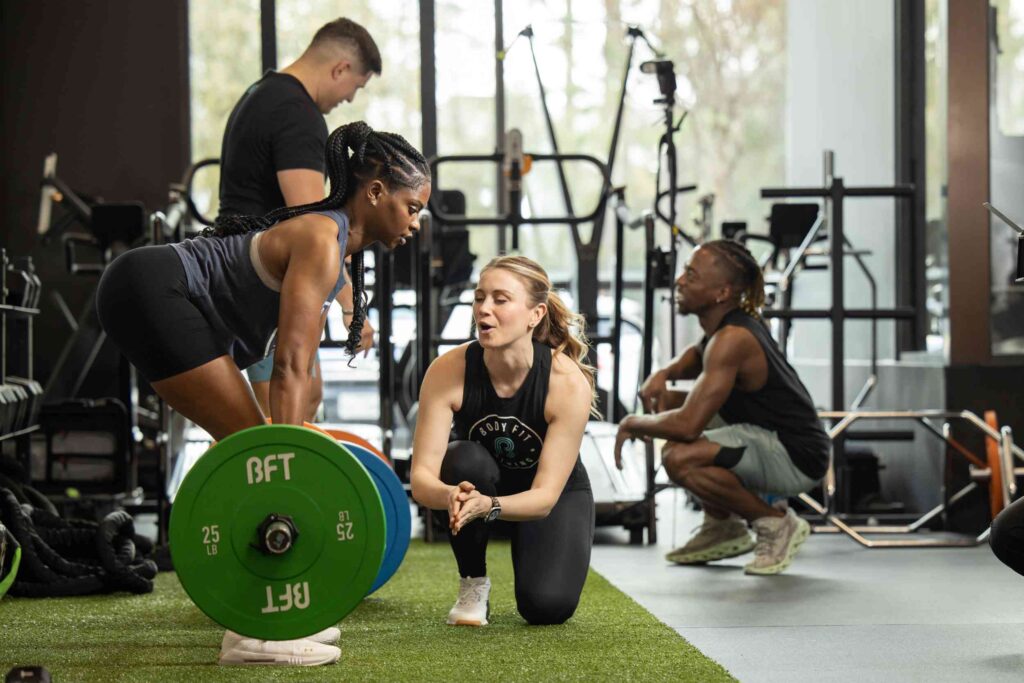
Anatomy of the Foot: Understanding the Muscles
To effectively target foot muscles, it’s helpful to understand their basic anatomy. The foot is made up of 26 bones, 33 joints, and more than 100 muscles, tendons, and ligaments. Here are the key muscles involved in foot strength:
- Intrinsic Muscles: Located within the foot itself, these muscles help control the toes and provide stability for walking and standing.
- Extrinsic Muscles: These originate in the lower leg and are responsible for movements like flexing and extending the foot and toes.
- Plantar Fascia: A thick band of tissue that runs along the bottom of the foot, supporting the arch and helping with shock absorption.
Essential Foot Exercises for Strength and Flexibility
- Toe Spreading (Toe Abduction and Adduction):
Targets: Intrinsic foot muscles
How to Do: Sit with your feet flat on the floor. Without using your hands, try to spread your toes apart as wide as possible, then bring them back together. Repeat this 10-15 times for each foot.
Benefits: Enhances balance, coordination, and overall foot strength. - Toe Curls and Extensions:
Targets: Intrinsic and extrinsic foot muscles
How to Do: Place a small towel on the floor in front of you. With your toes, try to scrunch and grab the towel, pulling it toward you. Release and extend your toes. Repeat 10-15 times for each foot.
Benefits: Strengthens the arch of the foot and improves toe mobility. - Arch Raises:
Targets: Plantar fascia and intrinsic muscles
How to Do: While standing, lift the arch of your foot without curling your toes or tilting your ankle. Hold for 5 seconds, then release. Perform 2-3 sets of 10 reps per foot.
Benefits: Supports the arch, reduces the risk of plantar fasciitis, and improves overall foot strength. - Heel Raises:
Targets: Calves and Achilles tendon
How to Do: Stand with your feet hip-width apart. Slowly rise onto your toes, lifting your heels off the ground. Hold for a second at the top, then lower down slowly. Perform 3 sets of 15 reps.
Benefits: Strengthens the calves and Achilles tendon, promoting better foot mechanics and ankle stability. - Single-Leg Balance Exercises:
Targets: Intrinsic foot muscles and stabilizers
How to Do: Stand on one leg with your knee slightly bent. Hold the position for 30-60 seconds, then switch legs. For an added challenge, close your eyes or stand on an unstable surface like a foam pad.
Benefits: Improves balance, foot coordination, and proprioception. - Toe Yoga:
Targets: Toe flexors and extensors
How to Do: Lift only your big toe while keeping the other four toes pressed against the floor, then reverse by lifting the four small toes while pressing the big toe down. Repeat 10-15 times per foot.
Benefits: Enhances toe independence and strength, crucial for running and sports activities. - Rolling the Foot:
Targets: Plantar fascia and intrinsic muscles
How to Do: Sit on a chair and place a small ball (like a tennis ball) under your foot. Roll the ball back and forth from your heel to your toes, applying gentle pressure. Continue for 1-2 minutes per foot.
Benefits: Massages the plantar fascia, releases tension, and improves circulation. - Ankle Alphabet:
Targets: Ankle and foot stabilizers
How to Do: Sit with your leg extended in front of you. Use your foot to “draw” each letter of the alphabet in the air. Repeat with the other foot.
Benefits: Enhances ankle mobility and strengthens foot stabilizers. - Resistance Band Toe Flexion and Extension:
Targets: Extrinsic foot muscles
How to Do: Loop a resistance band around your toes while holding the other end. Point and flex your toes against the band’s resistance. Perform 2-3 sets of 15 reps per foot.
Benefits: Strengthens the muscles involved in toe movements and helps with propulsion during activities like running. - Short Foot Exercise:
Targets: Intrinsic foot muscles
How to Do: While sitting or standing, try to shorten the length of your foot by contracting the arch muscles, pulling the base of your toes toward your heel without curling your toes. Hold for 5 seconds, then relax. Repeat 10-15 times per foot.
Benefits: Builds the arch muscles, stabilizes the foot, and supports proper alignment.
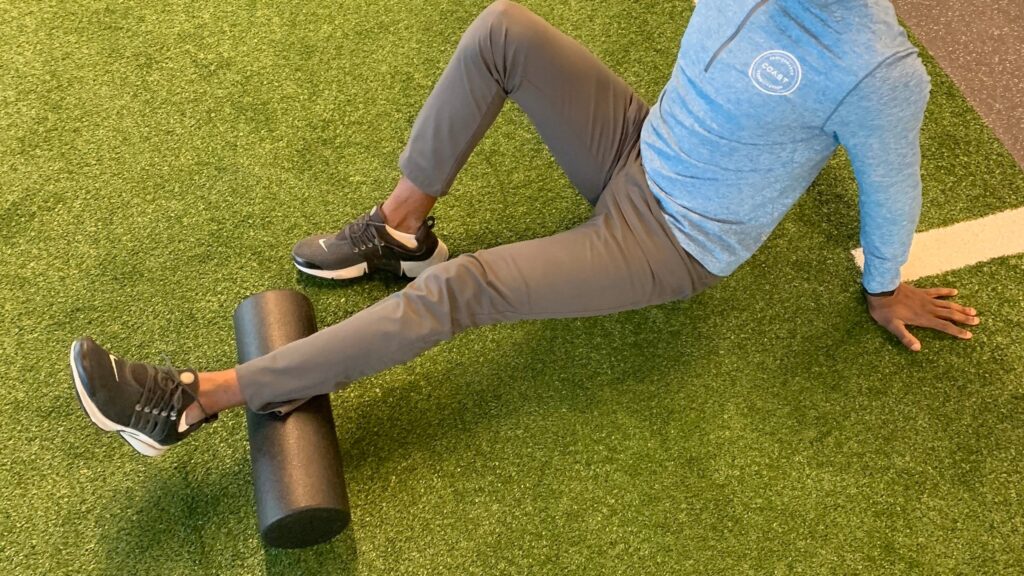
How to Incorporate Foot Workouts into Your Routine
Adding foot exercises to your fitness routine is simple and can be done with minimal equipment. Here are some tips on how to get started:
- Warm-Up First:
Start with a light warm-up, like walking or gentle stretching, to increase blood flow to your feet and prepare them for exercise. - Begin with Basic Exercises:
If you’re new to foot workouts, begin with simpler exercises like toe spreads, curls, and single-leg balances. Gradually progress to more challenging movements as your foot strength improves. - Frequency and Consistency:
Aim to include foot exercises 2-3 times a week. Consistent practice will yield the best results in strength, balance, and injury prevention. - Integrate into Daily Activities:
Many foot exercises can be done while performing other daily tasks, like brushing your teeth, watching TV, or waiting in line. Make them a part of your routine! - Listen to Your Body:
Pay attention to any signs of discomfort or pain. Foot exercises should challenge your muscles but not cause pain. If you experience pain, reduce the intensity or consult a healthcare professional. - Combine with Full-Body Workouts:
While foot exercises are crucial, they should complement a comprehensive fitness routine that includes cardio, strength training, and flexibility exercises.
Common Mistakes to Avoid
Neglecting Warm-Up and Cool-Down:
Just like any other workout, foot exercises benefit from a proper warm-up and cool-down to prevent injury.
Overtraining:
The muscles in your feet, like any other muscles, need time to recover. Avoid overtraining and allow adequate rest between sessions.
Using Incorrect Form:
Proper form is essential to prevent injury and maximize benefits. Focus on controlled movements and avoid compensating with other muscles.
Ignoring Pain:
Discomfort can be expected when starting a new routine, but sharp or persistent pain is a sign to stop and assess your form or intensity level.
Conclusion
Foot workouts are an often overlooked but essential component of a balanced fitness routine. By strengthening the muscles in your feet, you create a stable foundation for all types of physical activities, reduce the risk of injury, and enhance overall performance. Whether you are an athlete or someone looking to improve daily function and comfort, dedicating time to foot exercises can bring substantial benefits to your fitness journey. Start incorporating these exercises today, and feel the difference from the ground up!
